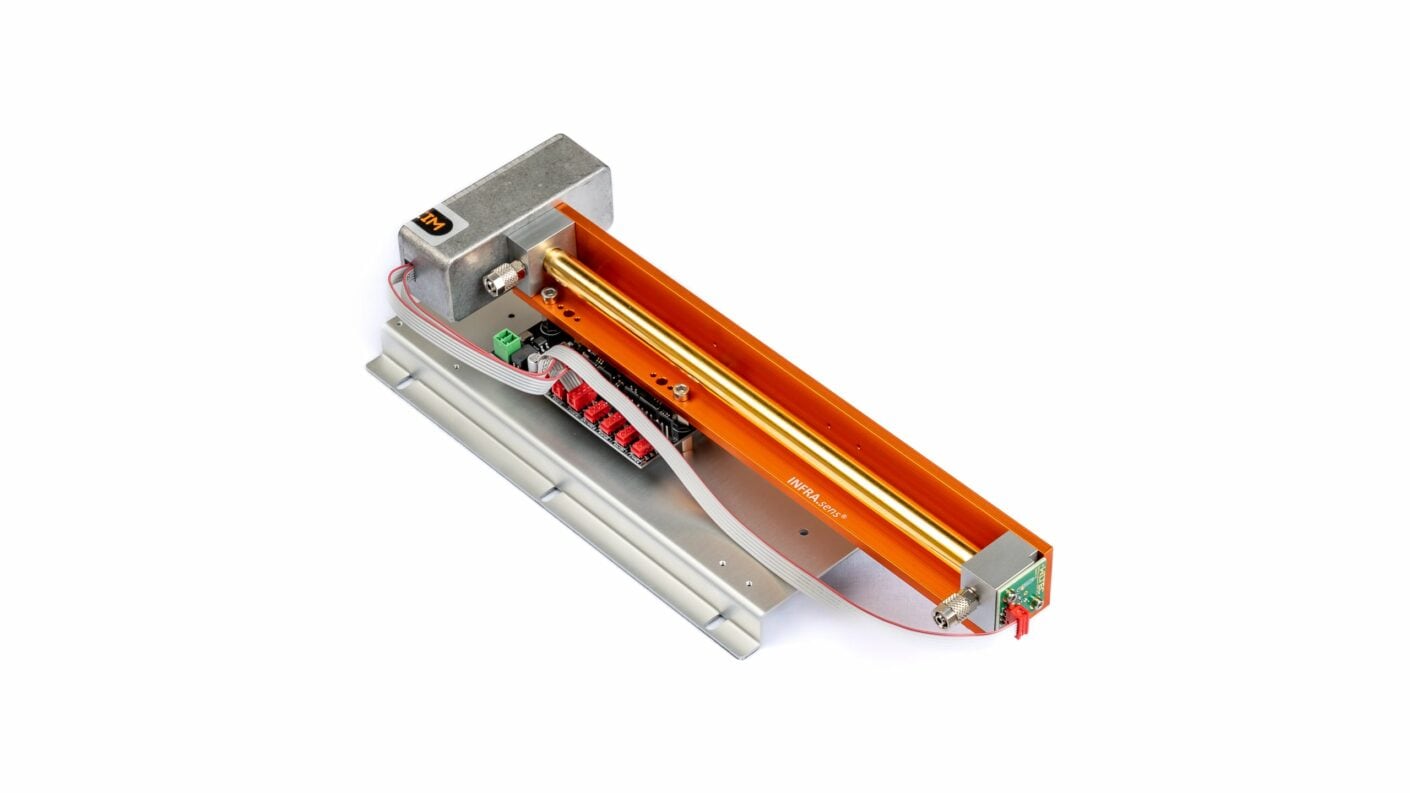General Information on CF4 – Tetrafluoromethane
Tetrafluoromethane (CF4) (also tetrafluorocarbon) is a chemical compound from the series of fluorocarbons. It is a colorless and odorless gas with a melting point of -184 °C and a boiling point of -128 °C. Tetrafluoromethane is very inert and is not attacked by acids and alkalis. It has a global warming potential of 7349, making it a potent greenhouse gas. Tetrafluoromethane is used as a refrigerant to replace CFCs because it has no depleting effect on the ozone layer. However, because of its high global warming potential, the F-Gas Regulation specifies that equipment using the gases in question should leak as little as possible. Tetrafluoromethane is considered non-toxic. However, it can cause asphyxiation in enclosed spaces by displacing the air. At lower concentrations, a narcotic effect is possible.
Gas Sensors for the Detection of CF4

- Innovative NDIR Sensor (non-dispersive infrared sensor)
- Max. 3 simultaneously detectable gases per sensor unit
- Measuring ranges from ppm to Vol.-%
RITTER »MultiGas« Combined Modules NDIR + NDUV
RITTER »MultiGas« Modules can also be a combination of both NDIR sensors and NDUV sensors on a common board. With this unit, up to 3 gas components can be measured simultaneously. The basic electronics can supply IR and UV radiation sources with different frequencies for 0 Hz (DC) to 100 Hz (AC). This system is an ideal tool for detecting multi-component gas at low ppm levels.
Please note: For technical and chemical reasons, not every combination of gases/measuring ranges can be analyzed/measured in a single or combined RITTER »MultiGas« module. As this is a rather complex topic, please do not hesitate to contact one of our gas experts first.


